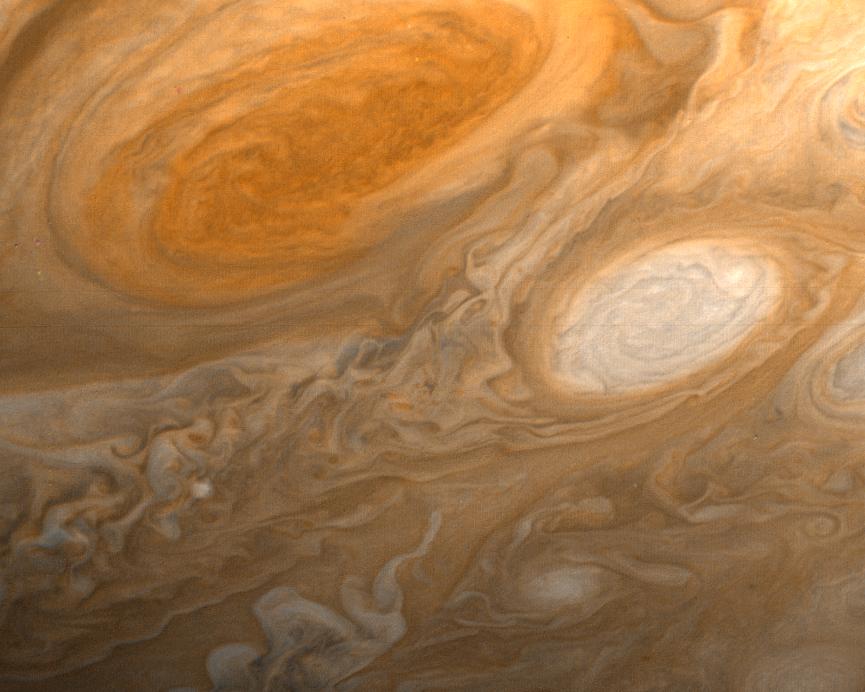Want to help your kids better understand Jupiter, and the rest of the Solar System?
See Jupiter with your own eyes
The first thing you should do is help them go out and find Jupiter with their own eyes. Jupiter is the third brightest object in the Solar System, after Venus and the Moon – when Jupiter is in the sky, you really can’t miss it. When Jupiter is really well positioned, we’ll have articles here on Universe Today about it.
It’s even better to get your hands on a pair of binoculars, but you won’t be able to see the disk of the planet, or any of its moons without a fairly powerful set of binoculars. Once you look at Jupiter through a telescope, though, it’s easy to see the disk of the planet, bands across its face, and its four largest moons.
Build a scale model of the solar system
Another great project is to build a model of the Solar System. We’ve got instructions here on Universe Today so that you draw a scale model of Sun that fits on a piece of paper, and then how many meters away to put each of the planets, and how big they should be. You can put an entire Solar System within about a kilometer of your house.
Show them what their weight would be on Jupiter
Have your children stand on a scale to see their weight, and then help them see what it would feel like if they were standing on the surface of Jupiter (of course, Jupiter doesn’t actually have a surface). Then push down on their shoulders and have the scale increase in weight. Your weight on Jupiter is 2.5 times your weight on Earth. Don’t push too hard, they’ll probably tell you it’s too much pretty quickly. The stand with them on the scale, and even that probably won’t be enough.
Draw Jupiter
Get out your crayons and try drawing Jupiter. The dark colored stripes on Jupiter are called bands, and the light colored stripes are zones, and they alternate across the surface of Jupiter. You’ll also want to include the Great Red Spot, and maybe Red Spot Jr. The smaller storms are brown or yellow, and the smallest ones are white.
Here’s a link to the project that explains how to build a model of the Solar System, and here are some images of Jupiter you can use when drawing your own version.
Kids Astronomy has more projects you can do with your kids, and an astronomer answers questions about Jupiter.
We’ve also recorded an entire show just on Jupiter for Astronomy Cast. Listen to it here, Episode 56: Jupiter, and Episode 57: Jupiter’s Moons.
Reference:
NASA

